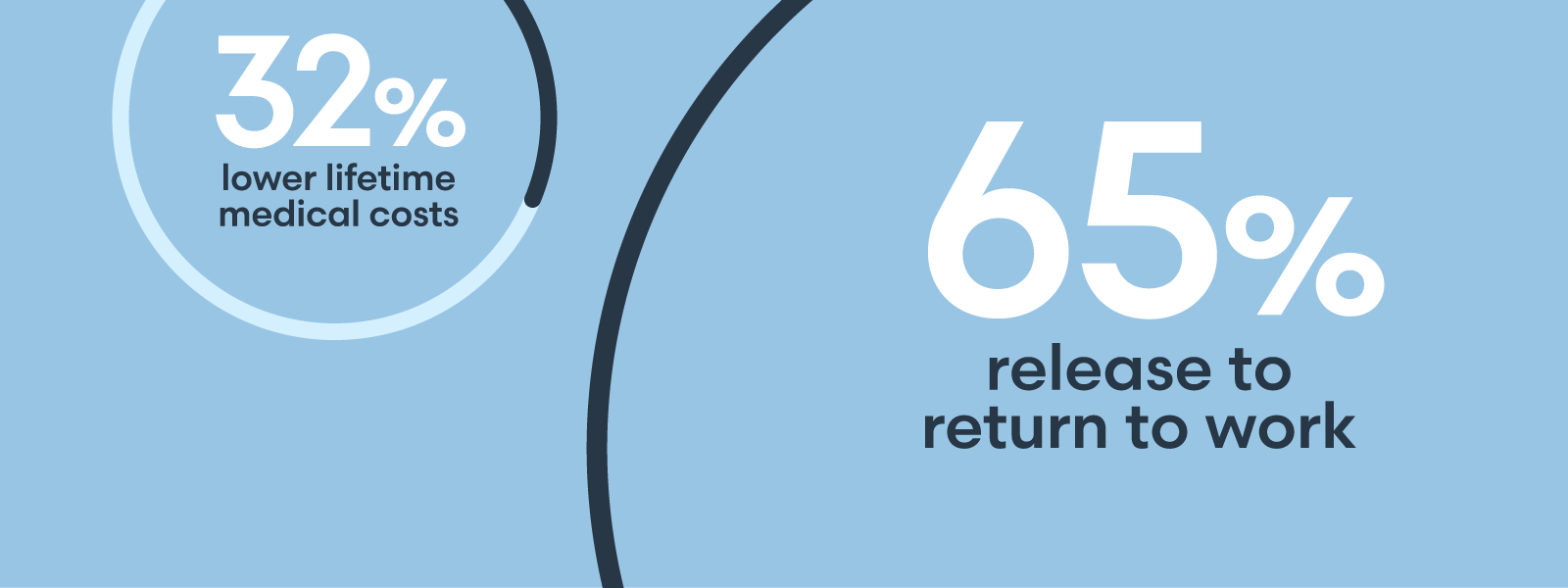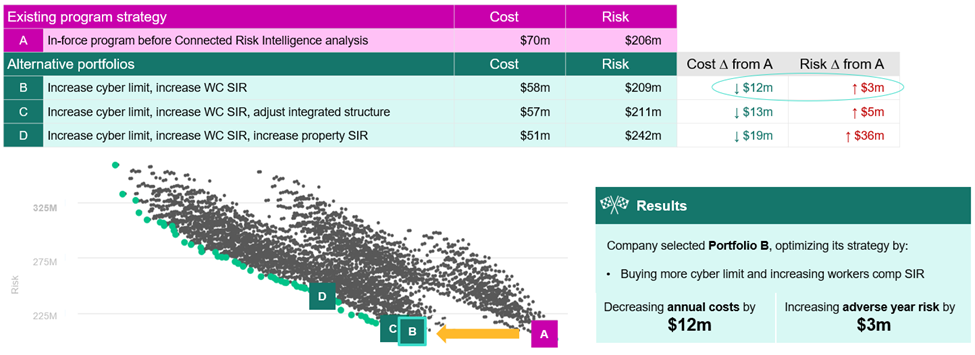
How to approach financing emerging and complex risks

Risk professionals at Fortune 1000 companies have a plethora of risks to consider for their organizations. Layer in a diverse set of emerging and complex risks, and these risk managers are facing challenges that previously were not necessarily in their domain. In just the past five years, businesses have had to think about – and try to finance – risks ranging from artificial intelligence, climate change and cyber, to geopolitical developments and societal shifts in labor. Traditional risk approaches that consider risks in silos are insufficient for the modern risk manager, who needs holistic and dynamic decision support. The current environment requires risk professionals to adopt an enterprise-wide approach to analyzing emerging risks and creating optimal risk financing programs. Two of the most important questions a risk manager can ask when considering novel risks are: What do these mean for our business? What are our options? Answering those questions calls for expert advice and the ability to connect the dots by translating data. An equally important consideration is the need to align risk management plans with organizational risk appetite and tolerance. Even within the same industry, companies may have vastly different abilities and appetites for financial volatility – one may prefer to retain risk, while another may elect to transfer risk wherever possible. Which route makes the most sense for a given organization depends on that organization’s financial strength and goals. During a regular cadence of conversations with WTW clients over the past three years, we have discovered a set of questions that is relevant to all of them in evaluating and setting strategy around risks. Taken together, these questions serve as a framework for analysis that leads to actionable insights: What events does your organization want to guard against? This question strives to identify types of losses that could exceed the organization’s risk tolerance. What does your total risk picture look like? A thorough understanding of one’s total risk picture requires identification and quantification of risks. Even emerging and complex risks can be quantified, and the effort to do so is an important component of an effective approach to risk management. What can your organization do to mitigate risk? Another way to consider this question is, what investments can our organization make to reduce our risks? What risk financing solutions make the most sense for your organization? After considering the above questions, risk financing options can become easier to assess in terms of protection gained for each investment in mitigation. To find the risk mitigation options that most efficiently protect your organization, in alignment with your financial objectives, requires a portfolio approach. Rather than evaluating choices one by one, portfolio analysis allows you to consider your total exposure across risks and to see combinations of investment options to manage risk. By employing one language and framework across your risk portfolio, you can define the strategy that is just right for your organization – the set of risk mitigation investments that delivers needed risk protection for the least cost. This approach enables optimization across many types of risks and risk protection options, including emerging risks. Many of WTW’s clients use this approach to evaluate insurance options as a starting point for broader risk assessment. In the below anonymized client example, we used a single platform from which to view risk decisions across the client’s lines of insurance coverage. Doing so, allowed the risk team to see that by making a few changes to their insurance buying choices, there was minimal impact to their 1-in-20-year risk exposure yet significant commensurate reduction to their annual premium spend. This same approach and platform can drive efficiencies in setting risk protection investment strategies beyond insurance program options. A client can evaluate investments in areas such as supply chain resiliency, labor reskilling, or cyber security enhancements in this same framework. The benefits will include minimizing cost or risk or both, marrying your risk strategy with your organizational financial strategy, and enabling transparency and enhancing communication about risk across your organization. In our experience, using this framework, we have consistently delivered average total cost of risk reduction of 5% to 10%. To learn more about WTW’s approach to emerging and complex risks, please contact Louise Pennington. Louise Pennington is Head of Strategic Client Engagement at WTW, a leading global advisory, broking and solutions company. She leads a newly created team focused on driving growth of large, complex clients. Her team bring diversity of thought to support ongoing risk management challenges and objectives, while also anticipating emerging client risks. Erin Boulware is Director of Risk & Analytics at WTW. Her team supports clients through robust risk diagnostics and risk quantification, identifying vulnerabilities and promoting capital efficiencies and resiliency. Asks and actions



Lorem ipsum dolor sit amet, consectetur adipisicing elit, sed do eiusmod tempor incididunt ut labore et dolore magna aliqua. Ut enim ad minim veniam, quis nostrud exercitation ullamco laboris nisi ut.
Lorem ipsum dolor sit amet, consectetur adipisicing, sed do eiusmod tempor incididunt ut labore et dolore magna aliqua. Ut enim ad minim veniam, quis nostrud exercitation ullamco laboris nisi ut. Ut ad minim veniam.
Vestibulum ante ipsum primis in faucibus orci luctus etel ultrices posuere cubilia Curae.
Lorem ipsum dolor sit amet, consectetur adipisicing elit, sed do eiusmod tempor incididunt ut labore et dolore magna aliqua. Ut enim ad minim veniam, quis nostrud exercitation ullamco laboris nisi ut.
Sed ut perspiciatis unde omnis iste natus error sit voluptatem!
Nemo enim ipsam voluptatem quia voluptas sit odit aut fugit!
Ut enim ad minima veniam, quis nostrum exercitationem ullam!

"Et harum quidem rerum facilis est et expedita distinctio!"

"Nam libero tempore, cum soluta nobis est eligendi."

"Temporibus autem quibusdam et aut officiis debitis!"